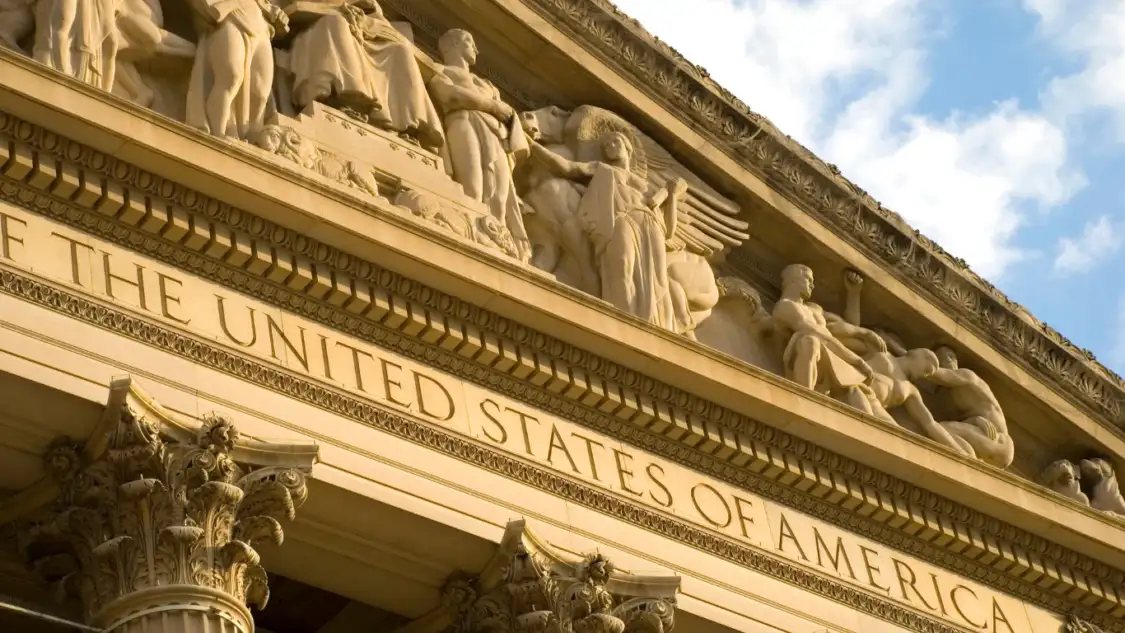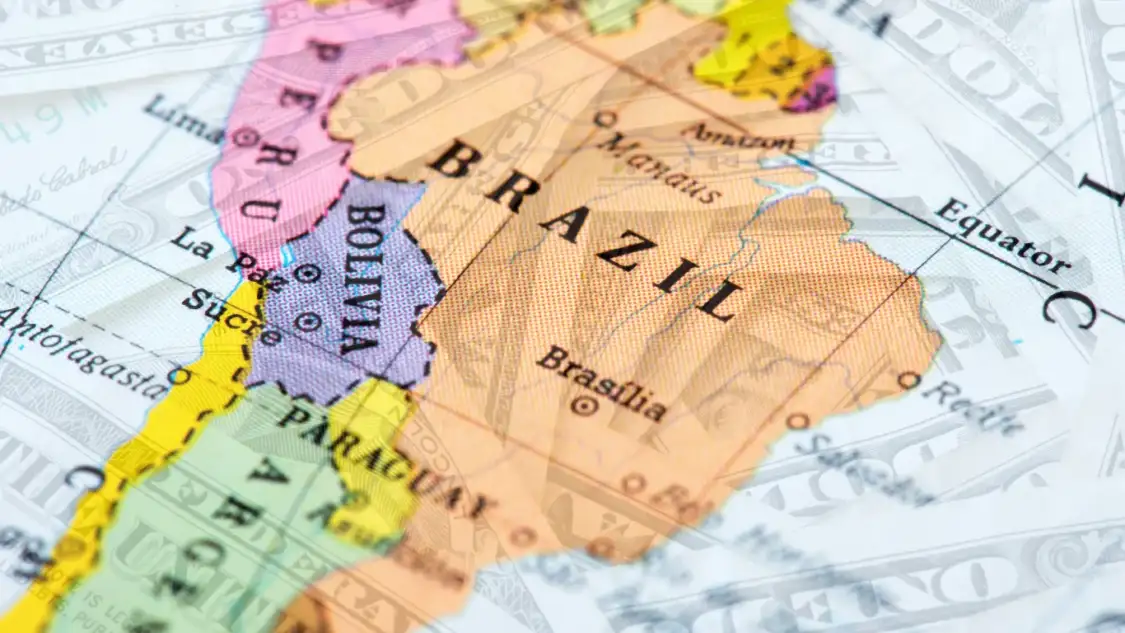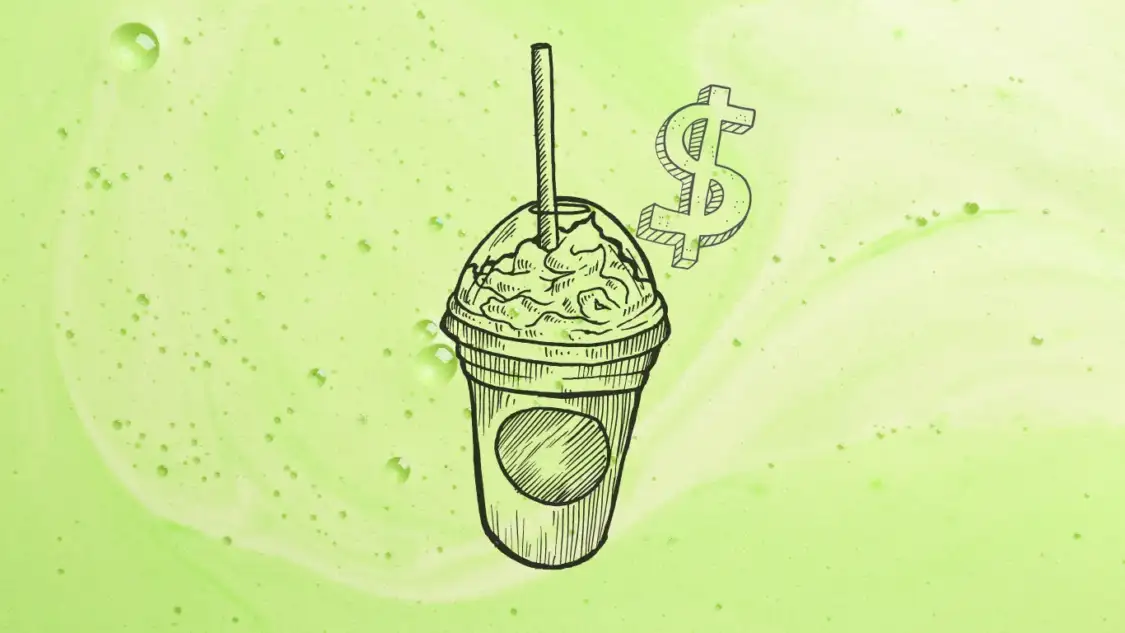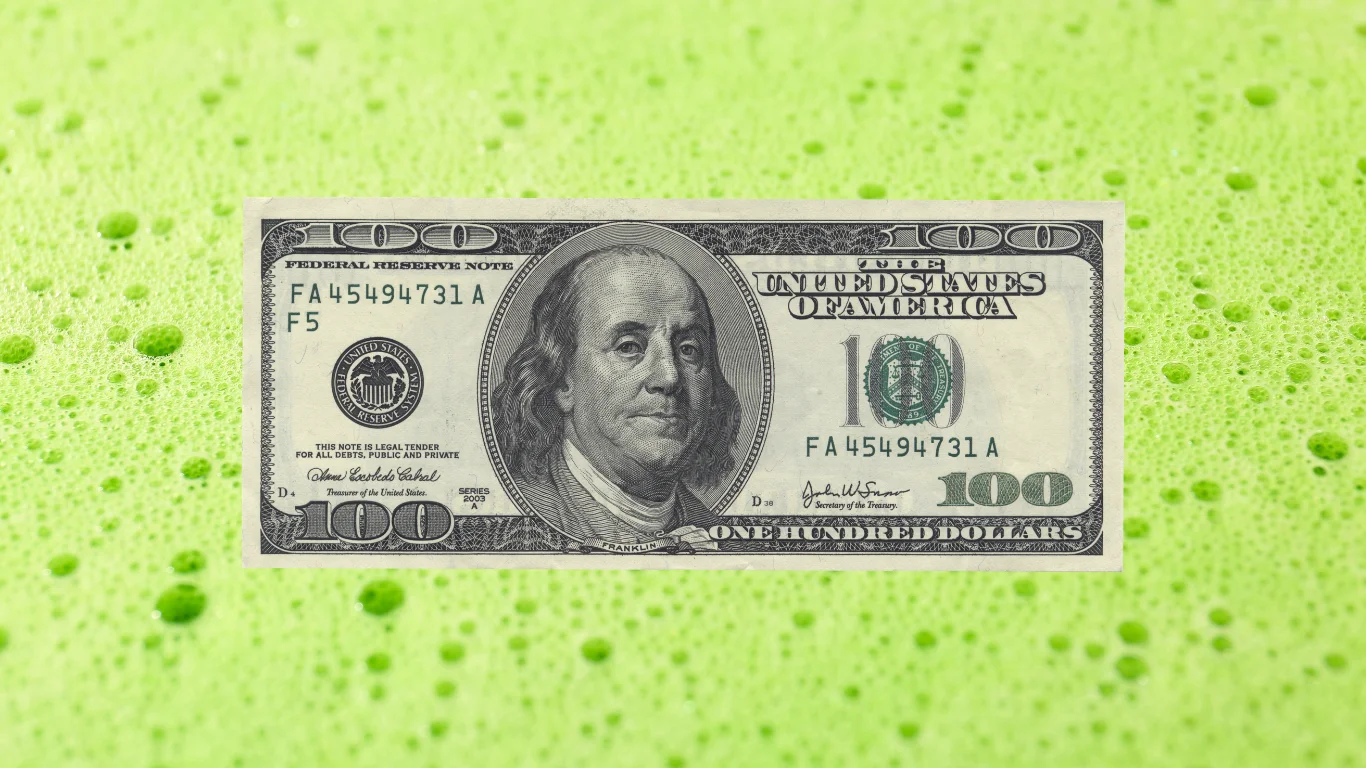As of late, the Dollar Milkshake Theory has garnered interest in discussions surrounding global financial dynamics. The theory proposes that the US dollar will continue to rise in the realm of foreign exchange, with its purchasing power increasing amidst economic uncertainties. Brent Johnson developed the theory and suggests that the US dollar, which is already a cornerstone of the world’s reserve currencies, will not only retain its dominance but also see its purchasing power increase. Furthermore, the theory is backed by the dollar’s strong presence in international trade invoicing, representing a significant share in the Americas, Asia-Pacific, and worldwide.
The Dollar Milkshake Theory has critical implications for central banks, Bitcoin, and safe haven currencies. The theory examines the catalysts behind the US dollar’s strength, the role of central banks in shaping monetary landscapes, and potential global reactions to a surging dollar. Understanding these dynamics is invaluable for grasping how major currencies maneuver in the complex ballet of global economics.
What is the Dollar Milkshake Theory?
The Dollar Milkshake Theory, introduced by Brent Johnson of Santiago Capital, presents a unique perspective on the future dynamics of the US dollar amidst global financial policies. Central to the theory is the notion that as central banks around the world implement easy monetary policies, they inadvertently set the stage for the US dollar to absorb this global capital, thereby strengthening its position in the foreign exchange market. This phenomenon can be likened to a diner blending various flavours into a single, dominant milkshake, with the US dollar being the primary flavour that overpowers the rest.
Key Components of the Dollar Milkshake Theory
- Global Liquidity and US Monetary Policy: Since 2008, central banks have injected approximately $30 trillion into the global economy, creating an unparalleled level of liquidity. The theory suggests that when the Federal Reserve shifts from an easing to a tightening policy, it effectively takes up a ‘big straw’ to suck up this liquidity, enhancing the dollar’s value against other currencies.
- Safe Haven Status and Interest Rates: The US dollar benefits from its perceived role as a safe haven during times of economic uncertainty, coupled with higher interest rates compared to other developed nations. This not only attracts foreign capital but also supports the dollar’s strength through mechanisms like the carry trade, where investors pursue higher yields in US Treasuries.
- Impact on Global Markets: The strengthening dollar could lead to significant economic shifts. Emerging markets, often burdened with dollar-denominated debts, may face increased financial pressure, potentially escalating global economic disparity. Additionally, a stronger dollar might suppress commodity prices, influencing trade and investment strategies worldwide.
This theory underscores the intricate interplay of international monetary policies and their collective impact on the US dollar, suggesting strategic maneuvering by the Federal Reserve that could redefine global economic alignments.
The Catalysts for a Stronger Dollar
Several factors contribute to the strengthening of the US dollar, each playing a critical role in its dominance in global financial markets. Firstly, the US economy itself is a significant driver. With robust GDP growth, low unemployment rates, and high consumer confidence, the economic health of the United States bolsters the dollar’s appeal. These internal economic strengths make the US dollar a more attractive investment compared to other currencies.
Monetary policies set by the Federal Reserve also have a profound impact. Decisions to raise interest rates attract foreign investment as higher returns on investments in US assets become more enticing. This increase in demand for dollar-denominated assets enhances the dollar’s value. Additionally, the US dollar benefits from political stability and the country’s role as a safe haven during global economic uncertainties, further increasing its attractiveness to international investors.
Trade policies and the US’s extensive network of international relations also fortify the dollar. A positive trade balance and strong diplomatic ties can amplify demand for the dollar, reinforcing its position as the leading global reserve currency. Moreover, the carry trade, involving borrowing at lower interest rates in one currency and investing in higher-yielding US assets, supports the dollar’s strength against other currencies, illustrating the intricate interplay of global economic forces and the strategic financial maneuvers that sustain the dollar’s supremacy in the foreign exchange market.
Implications of a Strengthening Dollar
The Dollar Milkshake Theory highlights significant shifts in global financial dynamics, particularly emphasizing the repercussions of a strengthening US dollar. As central banks engage in competitive devaluation, the US dollar’s appreciation has complex implications across various economic landscapes.
Economic Impact on Emerging Markets
Emerging markets are particularly vulnerable because of their high levels of dollar-denominated debt. A stronger dollar increases the debt burden for these economies, making it more costly to service their debts. This financial strain can lead to:
- Increased Inflation: As the local currency depreciates against the dollar, importing goods becomes more expensive, contributing to higher overall price levels.
- Economic Contraction: Higher debt servicing costs can force governments to reduce public spending or increase taxes, which can slow economic growth.
- Capital Flight: In search of stability, investors may withdraw their investments from the country, leading to a decrease in currency value and further economic instability.
Shifts in Global Trade and Investment
A robust US dollar reshapes international trade and investment patterns:
- Export Challenges: Countries with weaker currencies may find their goods less competitive in the global market due to higher pricing in dollar terms.
- Import Advantages for the US: Cheaper imports into the US can benefit American consumers and businesses, although this might adversely affect domestic producers competing with lower-priced foreign goods.
- Investment Shifts: Global capital tends to flow towards higher security and returns, often favouring US assets when the dollar is strong, which can lead to reduced investments in other parts of the world.
Dollar Milkshake Theory and the Effects on Cryptocurrencies and Financial Markets
The strengthening dollar challenges the notion of cryptocurrencies as a hedge against fiat currency depreciation. However, it also presents cryptocurrencies as viable alternatives for cross-border transactions to bypass banking channels and conversion fees associated with strong fiat currencies like the US dollar. In the broader financial markets:
- Commodity Prices: A stronger dollar typically depresses commodity prices since they are dollar-denominated. This can affect commodity-exporting economies and provide trading opportunities in commodity-related markets.
- Stock Market Volatility: The influx of capital into US assets can drive up equity prices, but sectors sensitive to currency fluctuations may experience increased volatility.
- Monetary Policy Adjustments: Central banks in emerging markets might tighten monetary policy to support their currencies, affecting global interest rate trends.
Central Banks and Quantitative Easing

Central banks, including prominent institutions like the US Federal Reserve and the European Central Bank, play a pivotal role in the global economy through their monetary policies. These policies are designed to adjust the money supply to stabilize inflation and economic output. By utilizing tools such as interest rates and open-market operations, central banks can influence the economy’s liquidity. For instance, they might purchase securities to increase the money supply, which can affect aggregate demand and subsequently impact both output and prices.
QE has become a crucial tool following the 2008 financial crisis when traditional policy rates hit rock bottom. In this method, central banks buy long-term securities like government bonds and mortgage-backed securities from the open market, increasing bank reserves, which in turn boosts liquidity and encourages lending. However, this method affects various economic actors differently. Borrowers benefit from increased accessibility and affordability of credit, while savers may experience lower interest rates, leading to diminished returns on their deposits.
QE has been implemented differently worldwide. The European Central Bank announced a €750 billion Pandemic Emergency Purchase Programme, while the US Federal Reserve declared unlimited purchases of US Treasury and mortgage-backed securities to decrease long-term interest rates and increase liquidity. However, QE’s effects are complex, impacting inflation rates, federal budgetary conditions, and dollar/euro exchange rate dynamics. Central banks may need to intervene with additional policies to mitigate potential adverse effects, such as liquidity crises or challenges faced by economies with significant dollar-denominated debts.
Potential Consequences and Global Reactions To Dollar Milkshake Theory

The Dollar Milkshake Theory posits significant implications for global financial stability, particularly impacting countries with high levels of dollar-denominated debt. As the US dollar strengthens, these nations face increased risks of financial instability due to rising world interest rates. This scenario can lead to severe credit contractions in global markets, while American markets may experience an influx of liquidity. Critics of the theory highlight its dependency on several assumptions, including the perpetual view of the US dollar as a safe haven, which may not consistently hold true under different global economic conditions.
Dollar Milkshake Theory Impact on Emerging Markets and Global Debt
- Vulnerability to Dollar Fluctuations: Approximately half of all cross-border loans and international debt securities are denominated in US dollars, placing immense pressure on US emerging markets during dollar appreciation.
- Increased Debt Servicing Costs: Many emerging markets, which have borrowed heavily in US dollars, find themselves grappling with higher repayment costs as the dollar strengthens, potentially leading to economic distress and increased inflation in these regions.
- Potential for Wider Adoption of the USD: In the wake of financial instability, some countries might consider adopting the US dollar as their base currency for US economic stability and restoring public confidence in their financial systems.
Cryptocurrencies and Financial Markets Dynamics
The Dollar Milkshake Theory has implications for both cryptocurrencies and the broader financial markets. A strong US dollar challenges the idea that cryptocurrencies can act as a hedge against the depreciation of fiat currency. However, the actual impact on cryptocurrencies will depend on how the theory plays out and interacts with other economic factors and market dynamics over time. This evolving scenario presents a complex landscape for investors and policymakers who must navigate the intricate interdependencies of the global financial system.
Wrapping Up The Dollar Milkshake Theory

Through this article, we explore the complexity of the Dollar Milkshake Theory, delving into its foundations and the wide range of implications it has for the global economy. We cover topics such as the roles of central banks and quantitative easing, as well as the potential impacts on emerging markets, cryptocurrencies, and financial markets. This examination reveals how the rise of the US dollar can transform global financial landscapes, highlighting the significance of the theory and unravelling the complex interactions of currencies in a world full of liquidity and economic interdependence.
The Dollar Milkshake Theory highlights the delicate balance of power in the global financial ecosystem and the need for wise monetary policies. It emphasizes the importance of a strategic international response to fluctuations in currency strengths, especially the US dollar. However, navigating the challenges and opportunities requires further research and proactive measures. Ultimately, the theory serves as a reminder of the interdependence of our global economy.




